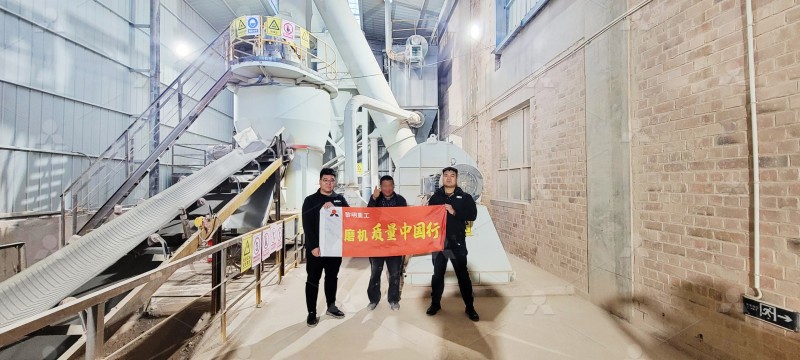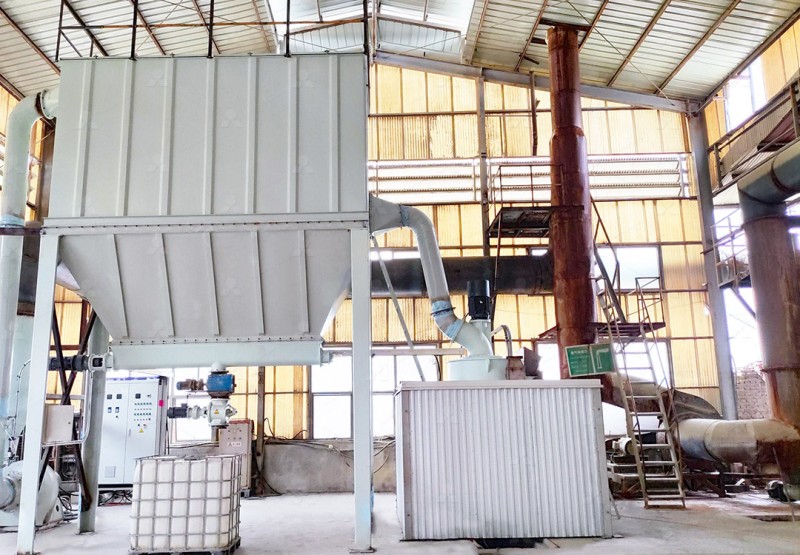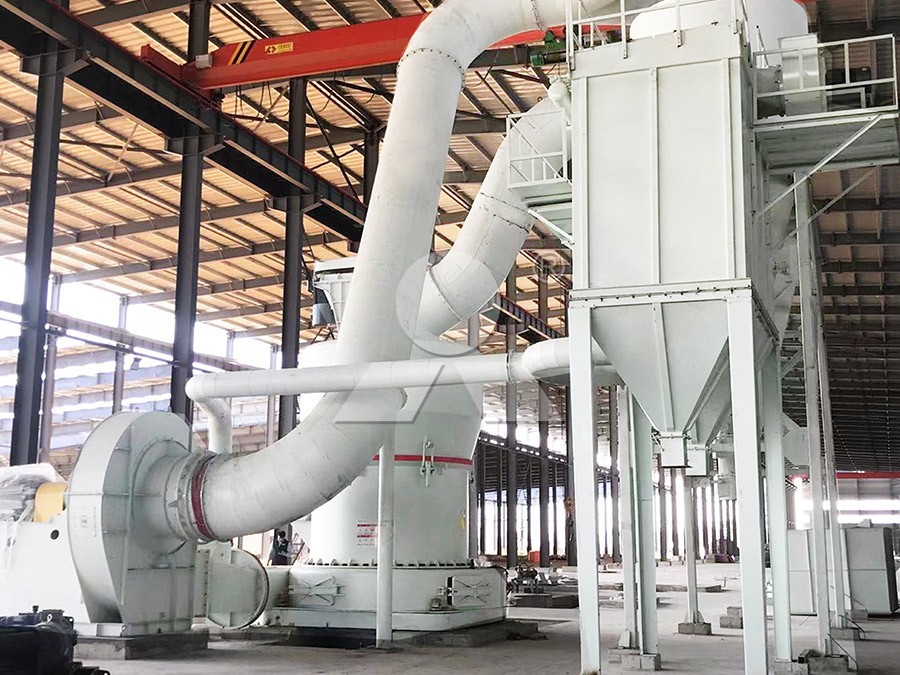Can Raymond Mill Process Calcium Carbonate for Putty Powder Production?
Can Raymond Mill Process Calcium Carbonate for Putty Powder Production?
This question frequently arises among manufacturers in the building materials sector, particularly those specializing in putty powder formulation. The straightforward answer is yes, Raymond Mill can process calcium carbonate for putty powder production, but with important considerations regarding efficiency, particle size distribution, and production economics.
Raymond Mill, as a first-generation grinding mill, has served industries reliably for decades. Its simple operation, compact footprint, and relatively low investment cost make it an attractive option for small to medium-scale operations. For calcium carbonate processing, Raymond Mill can achieve fineness typically ranging from 80 to 325 mesh, which falls within the acceptable range for many putty powder applications.

However, modern putty powder formulations increasingly demand finer particle sizes and more consistent distribution for superior surface finish and application properties. This is where traditional Raymond Mills may show limitations. The grinding mechanism, while effective, may struggle to achieve the ultra-fine particles (often exceeding 325 mesh) that premium putty products require.
The Evolution Beyond Traditional Raymond Mills
As industry standards evolve, so does grinding technology. While Raymond Mill remains viable for basic putty powder production, manufacturers seeking competitive advantage through superior product quality should consider more advanced grinding solutions. The market now offers equipment specifically engineered to overcome the limitations of traditional mills while maintaining operational efficiency.
For operations requiring higher capacity and finer particle control, our MW Ultrafine Grinding Mill presents a compelling alternative. With an adjustable fineness range between 325-2500 meshes and capacity of 0.5-25 tph, this equipment addresses the precise requirements of modern putty powder production. The absence of rolling bearings and screws in the grinding chamber eliminates common failure points, while the efficient pulse dust collector ensures environmentally compliant operation.

Technical Considerations for Putty Powder Production
Successful calcium carbonate processing for putty powder depends on several factors beyond mere fineness. Whiteness preservation, iron contamination control, and consistent particle morphology significantly impact final product performance. Traditional grinding methods may introduce metallic contamination through mechanical wear, affecting the brightness of the final putty product.
Advanced grinding systems incorporate features specifically designed to address these concerns. The LUM Ultrafine Vertical Grinding Mill, for instance, employs unique roller shell and lining plate grinding curves that generate material layers more effectively. This design minimizes iron content issues and enhances the whiteness and cleanliness of finished products – critical factors for high-quality putty powder. With capacity ranging from 5-18 tph and input size up to 10 mm, this mill represents the next generation of grinding technology.
Making the Right Equipment Choice
The decision between Raymond Mill and more advanced grinding systems ultimately depends on production scale, quality requirements, and long-term operational strategy. For manufacturers prioritizing minimal initial investment and producing standard-grade putty powder, Raymond Mill remains a valid choice. However, operations focused on premium product segments, higher throughput, or future expansion should evaluate the superior efficiency and capabilities of modern grinding technology.

Both the MW Ultrafine Grinding Mill and LUM Ultrafine Vertical Grinding Mill offer significant advantages in energy consumption reduction – typically 30-50% compared to conventional systems. These savings, combined with higher yield rates and reduced maintenance requirements, often justify the higher initial investment through improved operational economics over the equipment lifecycle.
Frequently Asked Questions
What is the typical fineness range achievable with Raymond Mill for calcium carbonate?
Raymond Mill typically processes calcium carbonate to fineness between 80-325 mesh, suitable for standard putty powder applications but may be insufficient for premium products requiring finer particles.
How does the MW Ultrafine Grinding Mill improve upon traditional Raymond Mill technology?
The MW Ultrafine Grinding Mill achieves finer particle sizes (325-2500 meshes), incorporates advanced powder selection technology, eliminates internal rolling bearings and screws that commonly fail, and features more efficient dust collection systems.
What production capacity can I expect from modern calcium carbonate grinding systems?
Capacity varies by equipment selection. The MW Ultrafine Grinding Mill offers 0.5-25 tph, while the LUM Ultrafine Vertical Grinding Mill provides 5-18 tph, both substantially exceeding traditional Raymond Mill capacities while maintaining finer particle control.
How important is iron content control in putty powder production?
Iron contamination significantly affects product whiteness and quality. Advanced grinding systems employ specialized designs and materials to minimize metallic wear and preserve calcium carbonate brightness throughout the grinding process.
Can these grinding systems handle other minerals besides calcium carbonate?
Yes, both the MW and LUM mills process various non-metallic minerals including dolomite, talc, barite, and marble, providing operational flexibility for manufacturers producing multiple powder products.
